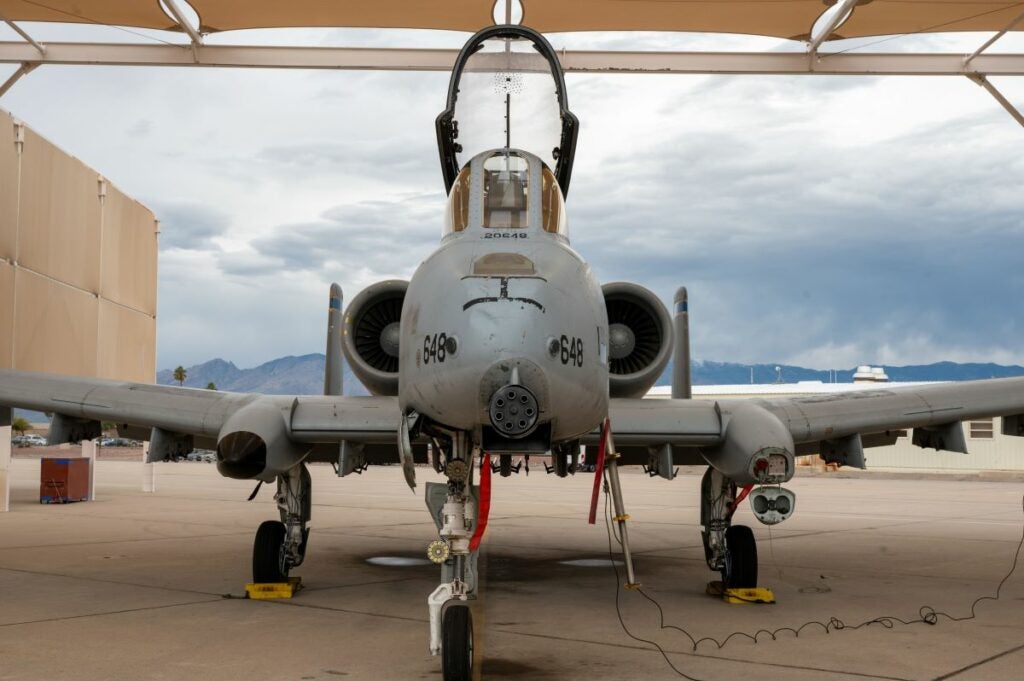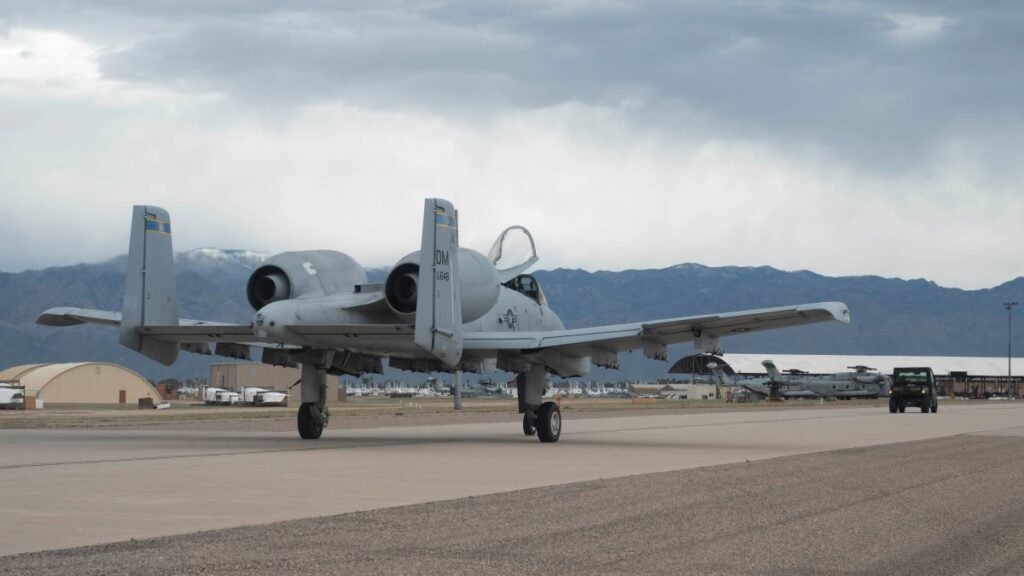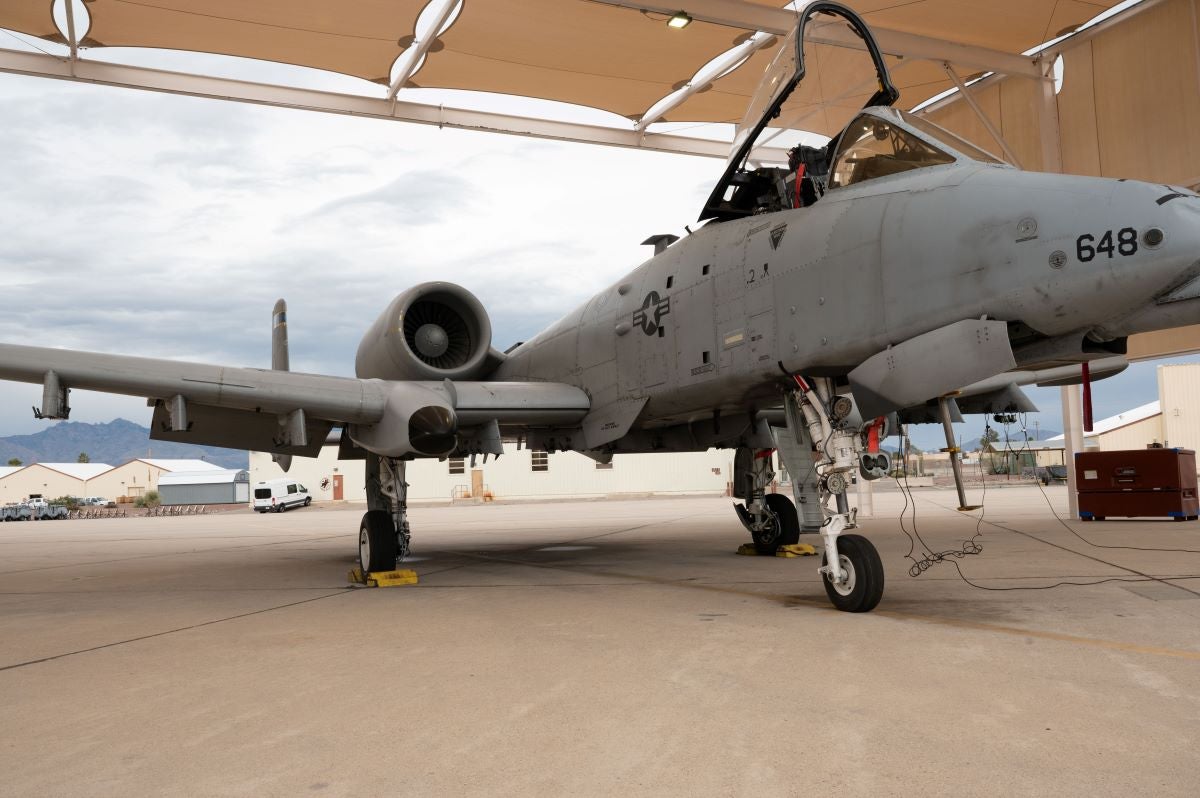Nearly five decades after first arriving, Davis-Monthan Air Force Base, Arizona, has started sending its aging fleet of A-10 Thunderbolt II attack aircraft to the “boneyard.”
The move comes as pilots and maintainers at the air base look to transition to the F-35, and the service plans to retire its entire fleet of the aircraft known as the Warthog by 2029.
The first A-10 arrived at the base in March 1976.
“The A-10 has been the symbol of Davis-Monthan (DM) Air Force Base for many years, and it will continue to be a symbol for the airmen of DM, a symbol of their commitment, excellence, and service,” said Colonel Scott Mills, 355th Wing commander and an A-10 pilot. “For now, we’re divesting a single squadron during the summer-fall time frame of 2024.”
On Tuesday, the 354th Fighter Squadron transitioned its A-10C aircraft with tail number 82-648 to the 309th Aerospace Maintenance and Regeneration Group, known as the “boneyard,” located at the Arizona base.
The facility is the largest aircraft storage and preservation facility in the world, according to the Air Force.

More than 4,400 aircraft and 13 aerospace vehicles from the Air Force, Navy-Marine Corps, Army, Coast Guard, and several federal agencies including NASA, sit at the 309th Aerospace Maintenance and Regeneration Group’s Aircraft and Missile Storage and Maintenance Facility at Davis-Monthan AFB, Arizona. [Courtesy: U.S. Air Force]
The low-and-slow close air support capability of the Warthog—provided by a 30mm GAU-8/A rotary cannon protruding from the nose—earned the aircraft a reputation as a tank buster in Iraq and Afghanistan.

“The plane is unique in its diverse ability to support our ground team not only with precision munitions from a distance, like we’re doing as we speak in the Middle East, but also with scalpel-like accuracy using the GAU-8 gun under the most difficult environments imaginable,” said Colonel Razvan Radoescu, 355th Operations Group commander. “The plane, coupled with our high-level training standards, are the reasons so many of our joint and coalition forces returned home to fight another day—because they had A-10s overhead covering their six [back] or employing weapons to save their lives when nobody else could.”

